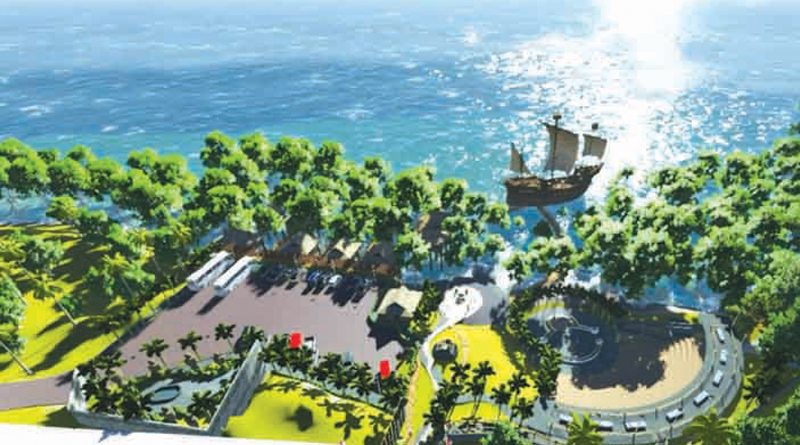
After a long delay, the construction of the Friendship Park is starting to shape up after funds from the Tourism Infrastructure and Enterprise Zone Authority (TIEZA) were set to be downloaded to the city government.
The initial phase of the construction of the Friendship Park located in Barangay Bool was temporarily held up due to alleged delays in completing bureaucratic paperwork and the election ban on public work projects.
Tagbilaran City Mayor John Geesnell “Baba” Yap told DYRD Balita they received a notice from TIEZA that the amount of P58 million is now ready for remittance to the city government.
Documentary requirements for the transfer of funds from TIEZA to the city government is now completed by the City Tourism Office and City Engineering Office.
Bidding for the construction of the Bohol Friendship Park in Barangay Bool, Tagbilaran city has been stalled after the City Treasurer refused to certify that funds are available for the project unless the promised initial funding of P58 million will be remitted to the city treasurer’s office.
Former TIEZA General Mark Lapid, who lost a bid for a senate seat in the May 9, 2016 elections assured city officials for an early release of the initial funding before the 45 day election ban.
The Bohol Friendship Park, a centerpiece tourist project of the Yap administration will showcase the historical significance of the various pacts of friendship between the Spaniards and Boholano chieftains led by Datu Sikatuna.
The Park will also include an amphitheater, an audio visual room, a life size bronze monument of the Blood Compact, a mini botanical park, stilt supported structures along the mangroves that will house souvenir and coffee shops.
The final phase of the project is the construction of a replica of the galleon of Legazpi with a restaurant and a mini library.
Started by the late Bohol Chronicle editor-publisher Atty. Zoilo “Jun” Dejaresco as project chair during the administration of City Mayor Jose Torralba, the original design was done by Architect Eufrasio Araneta and was the basis for the final design by Architect Nino Guidaben. (Chito M. Visarra)
